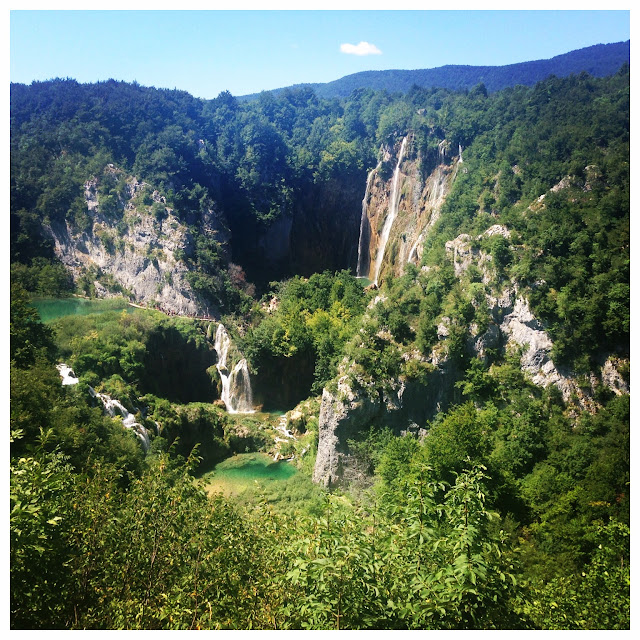I have some good news I want to share with you all... I FINALLY have a thermal imaging camera after a 2 month wait!
 |
| I'm currently using a P620 for now! |
Ok well it's not actually mine as mine is still in the process of being made, it is one my tutor has kindly lent me so I can work on my case studies.
So now that I have a camera, I have been out practising, practising and practising! I have 10 case studies which I need to submit and be approved for me to complete the final part of my qualification as an Equine Thermography Technician. So far I have done some scans on the lovely Jack, Lucy and Tigger and I have loved every minute of it! I'm so lucky to have some really supportive people around me entrusting me with their gorgeous horses and ponies to complete my case studies and help me reach my goals of working with horses and not spreadsheets!
 |
| Jack |
So what actually is thermography?
It is a non-invasive modality which has the ability to provide instant results and ensure both horse, handler and technician remain safe.
Predominately used as a screening tool in the racing industry in the 1960's and over the course of the past five decades the technology has drastically improved as has the standardisation in the technique used to apply this tool. Thermal imaging has since taken the equestrian industry by storm and is proving to be an extremely valuable instrument when it comes to injuries, rehabilitation, prevention and pre-purchase examinations.
Using an high quality infra-red camera, a qualified technician has the ability to capture real time heat maps in the form of a thermogram.
A thermogram is a pictorial representation of the surface temperature of the horse in question.
By measuring the surface temperature of the horses skin, we are able to identify any changes to the vascular, muscular, skeletal and nervous systems as we can view any inflammation going on underneath the skin which is undetectable to the human hand or eye. Research has shown that a temperature difference of as little as 0.5 degrees celsius is enough to need further investigation via a vet.
Thermography has also been proven to detect damage in structures up to three weeks before the horse shows any signs of lameness! How incredible is that?!
The reason the camera has the ability to detect any damage whether it is once the lameness has already occurred or during a period of accumulative damage before a structure stops functioning fully is because the damage will have triggered an inflammatory response in the body whereby, cells are sent to the area of injury to repair and protect the body. This process causes an increase in blood flow which means an increase in heat, this can then be viewed using the infra-red camera!
 |
| Lucy |
The job of the technician is ultimately to capture thermograms and analyse bilateral heat patterns within the horse and highlight areas of inflammation in a report.
I must stress that a thermographer doesn't have the ability to diagnose any issues that your horse may (or may not) have, that is down to your vet to do and your vet will always remain responsible for the horse.
If your vet is trained in thermography he/she can interpret the results, if they aren't a qualified veterinary thermographer it is possible to send the results to someone who is so they can interpret them and communicate any findings directly to your vet.
As I highlighted above thermography is great for injuries, rehabilitation, prevention and or pre-purchase examination.
A case study was carried out on a horse who had sustained a fall whilst out competing due to the slip
of its hind left limb. The horse was not lame as this was previously ruled out
by a vet, however, the image highlighted a slightly higher thermal reading for
the muscles on the left gluteal than on the right and generally overall, the
back appeared to show a lot more thermal activity due to the inflammation. In this
case, thermography was able to assist in the diagnosis of the muscle damage and
the horse was then scheduled in to see a physiotherapist.
Once the physiotherapist had visited the horse
and manipulated the muscles in the back, thermal imaging was carried out 30
minutes post treatment, then again at 75 minutes and 120 minutes. Each
thermogram post treatment showed signs of improvement as the muscles began to
relax and rehydrate. This supports the aspect in which thermography is useful
for rehabilitation purposes.
Thermography has also been sanctioned by the FEI to screen horses during competition and to see whether their legs have been tampered with. Pepper spray irritates the skin making it very sensitive should it come into contact which anything such as a pole, and it causes inflammation which can be picked up by the camera. The limbs are then swabbed and tested.
 |
| Tigger |
In my eyes thermography is such a valuable tool whether it's for veterinary or human use. I'm so passionate about - can you tell? haha!
Would you use thermal imaging? What are your views on it?
Leave a comment and let me know! :)
Jess x















